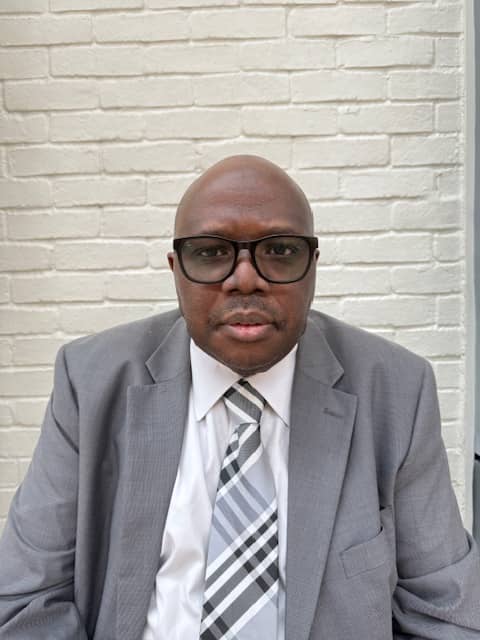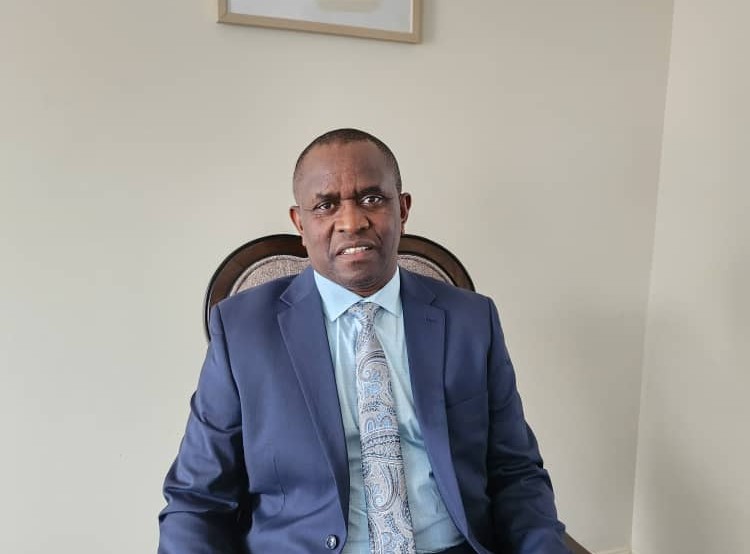Life doesn't send invitations before throwing its hardest punches. One day, you're coasting through, sipping your morning coffee, and the next, you're navigating a storm that tests everything you thought you knew about yourself. The difference between being swept away and standing firm? Emotional resilience.
But resilience isn't about gritting your teeth and pretending everything is fine. It's about adapting, learning, and, most importantly, thriving in the face of adversity. If you're looking for practical ways to strengthen your emotional core, you're in the right place.
The Hidden Cost of Just "Getting By"
For years, Maya prided herself on being a fighter. She had endured loss, heartbreak, and disappointment, but she kept going. That was the goal, right? Just keep going.
But one evening, as she sat alone in her apartment, scrolling mindlessly through social media, she realized something—she wasn't really living. She was surviving. Always on guard, always expecting the next hardship. Her body was present, but her mind was trapped in a cycle of stress and exhaustion.
This is what emotional burnout looks like. When we think resilience is just about enduring, we miss out on the real power it holds: transformation.
Emotional Resilience: Not Just Strength, but Strategy
True resilience isn't about tolerating hardship. It's about knowing how to respond to it in a way that preserves your well-being. It's a skill set—one that anyone can develop. Here's how.
1. Reframe the Narrative: What Story Are You Telling Yourself?
When adversity hits, our brains immediately create a narrative. "This always happens to me." "I'll never get through this." "I'm not strong enough."
But what if the story was different?
Resilient people reframe their struggles. Instead of saying, "This is unfair," they ask, "What can this teach me?" Instead of seeing failure as proof of inadequacy, they see it as a stepping stone.
2. The Power of Micro-Recoveries: Small Actions, Big Impact
Resilience isn't built in grand gestures. It's forged in the tiny, everyday decisions we make to protect our mental health.
- Deep Breaths in Stressful Moments – Slowing your breath down signals your brain that you're safe.
- Daily "Sensory Check-Ins" – Pause and ask: What do I hear? What do I see? What do I feel? This grounds you in the present.
- The 90-Second Rule – Did you know that emotions, left uninterrupted, only last about 90 seconds? When frustration or sadness hits, instead of reacting immediately, sit with it. Observe it. Let it pass.
These micro-recoveries build emotional stamina, preventing stress from accumulating to the point of exhaustion.
3. Boundaries Are Not Walls—They're Guardrails
Maya used to say yes to everything. Extra work, emotional labor for friends, family obligations. She believed saying no made her selfish.
But here's the truth: A drained person has nothing to give.
Boundaries aren't about shutting people out; they're about preserving your energy for the things that truly matter.
When you set boundaries, you're not being difficult—you're protecting your emotional resilience.
4. Build an Emotional First-Aid Kit
We all have physical first-aid kits, but what about one for our emotions? Having a set of go-to tools can help you regain stability when life feels overwhelming.
Your emotional first-aid kit might include:
- A playlist of songs that instantly lift your mood
- A list of affirmations that remind you of your strength
- A journal where you process thoughts instead of bottling them up
- A "calm contact"—someone you trust who knows how to ground you
- A five-minute meditation or breathing exercise that resets your mind
When things feel chaotic, reach for your kit. The key is preparation—don't wait until you're drowning to learn how to swim.
5. The "Resilience Anchor": One Unshakable Constant
When life feels uncertain, we need something stable to hold onto. This is your resilience anchor—one thing in your life that remains steady, no matter what.
For some, it's a morning routine. For others, it's faith, a creative outlet, or a close friendship. Find yours. Cultivate it. Let it be the thing that keeps you grounded when everything else feels like it's spinning out of control.
Thriving is a Choice
Maya didn't become emotionally resilient overnight. It was a process—a series of intentional decisions to stop living on autopilot and start truly engaging with her life.
Resilience isn't about avoiding difficulties. It's about meeting them head-on with the confidence that, no matter what happens, you'll find a way through.
You don't have to settle for just surviving. You can thrive. And it starts today.


